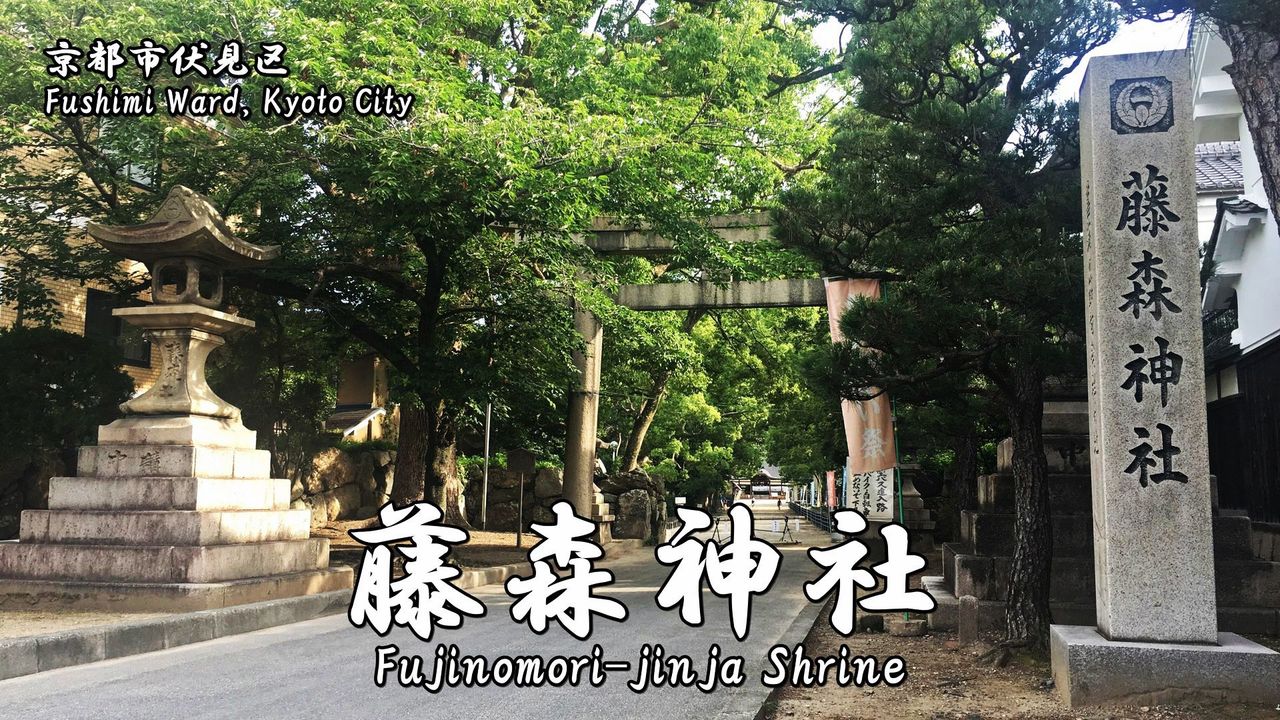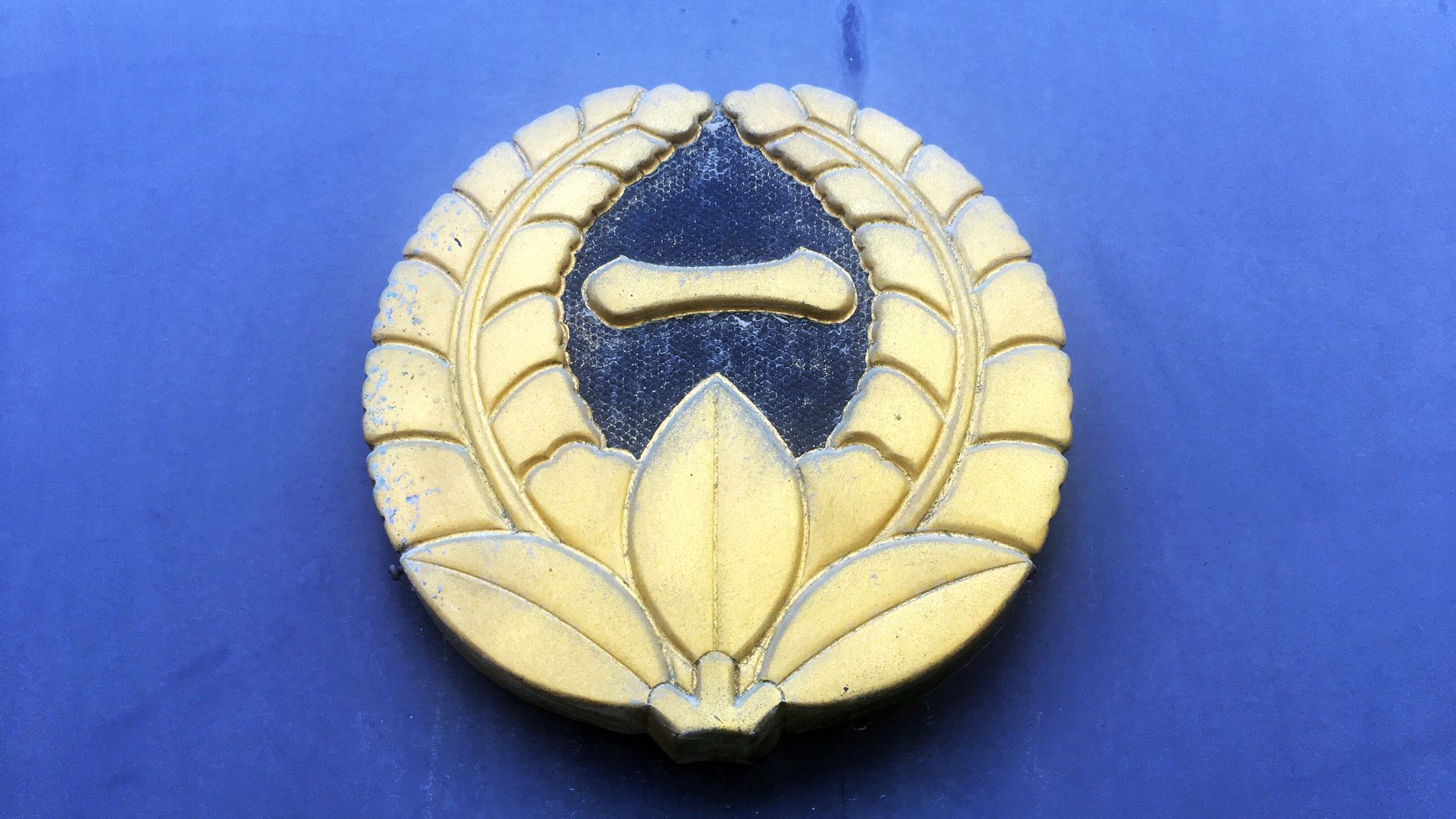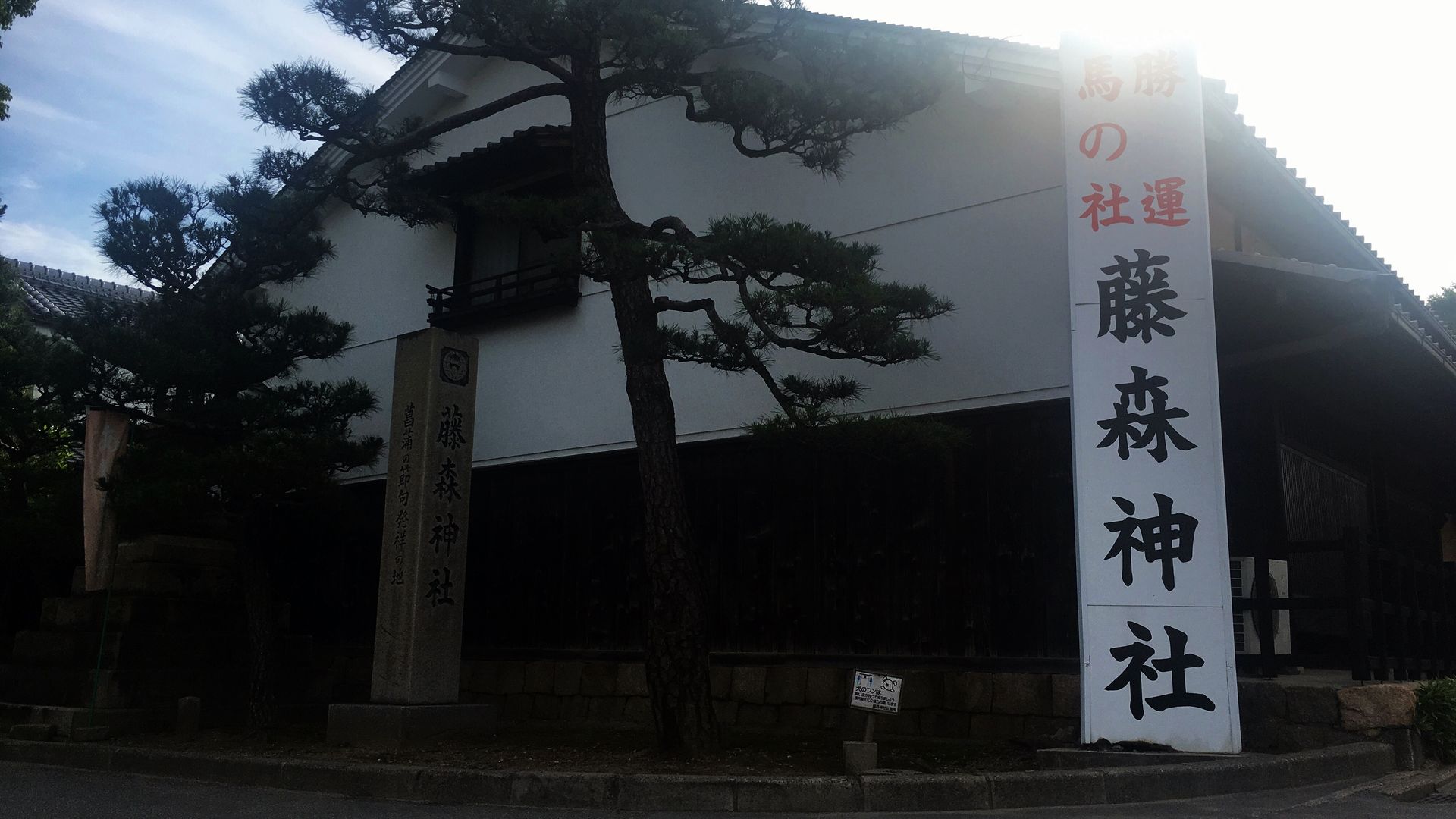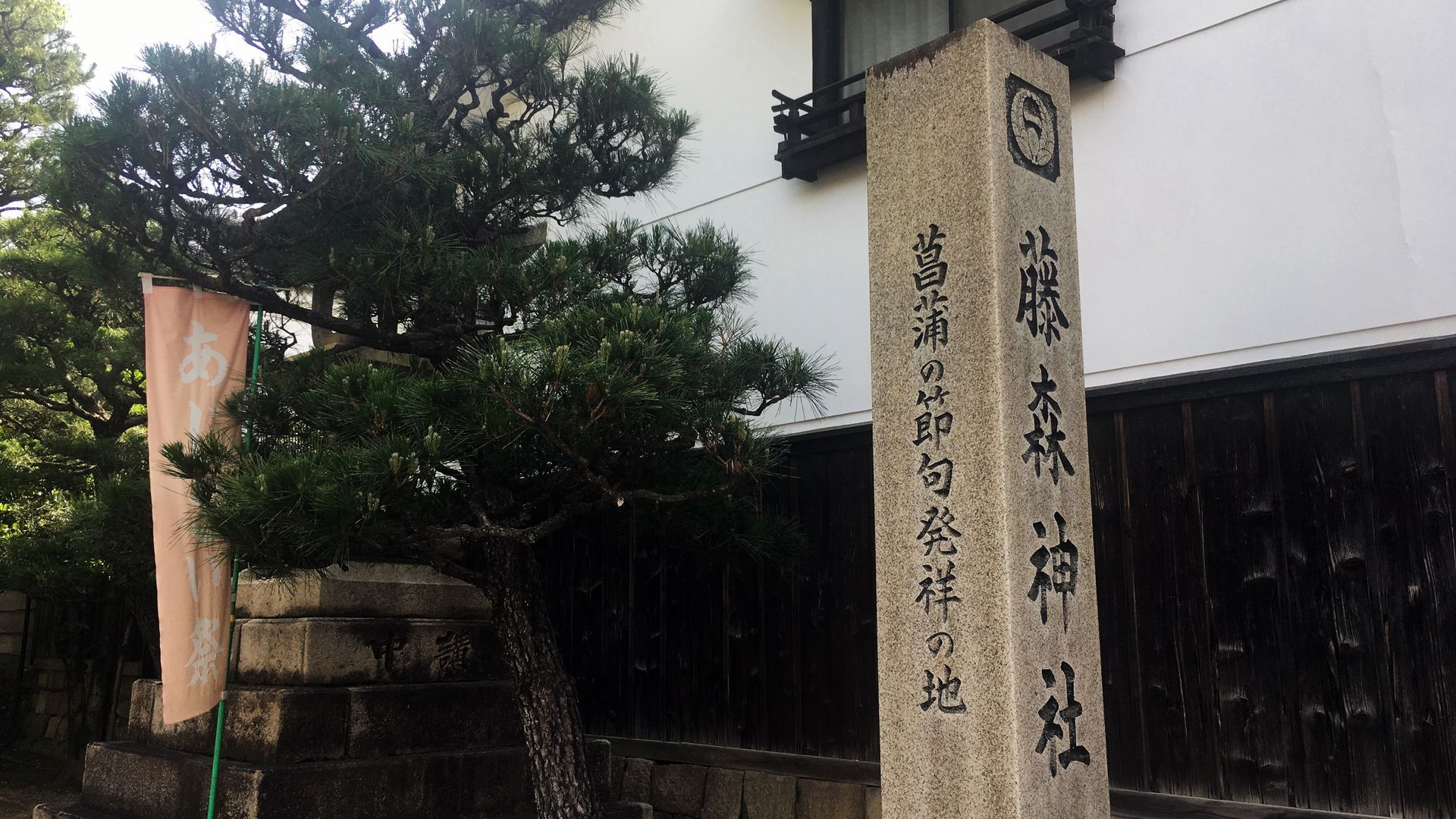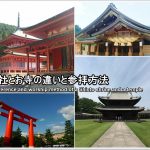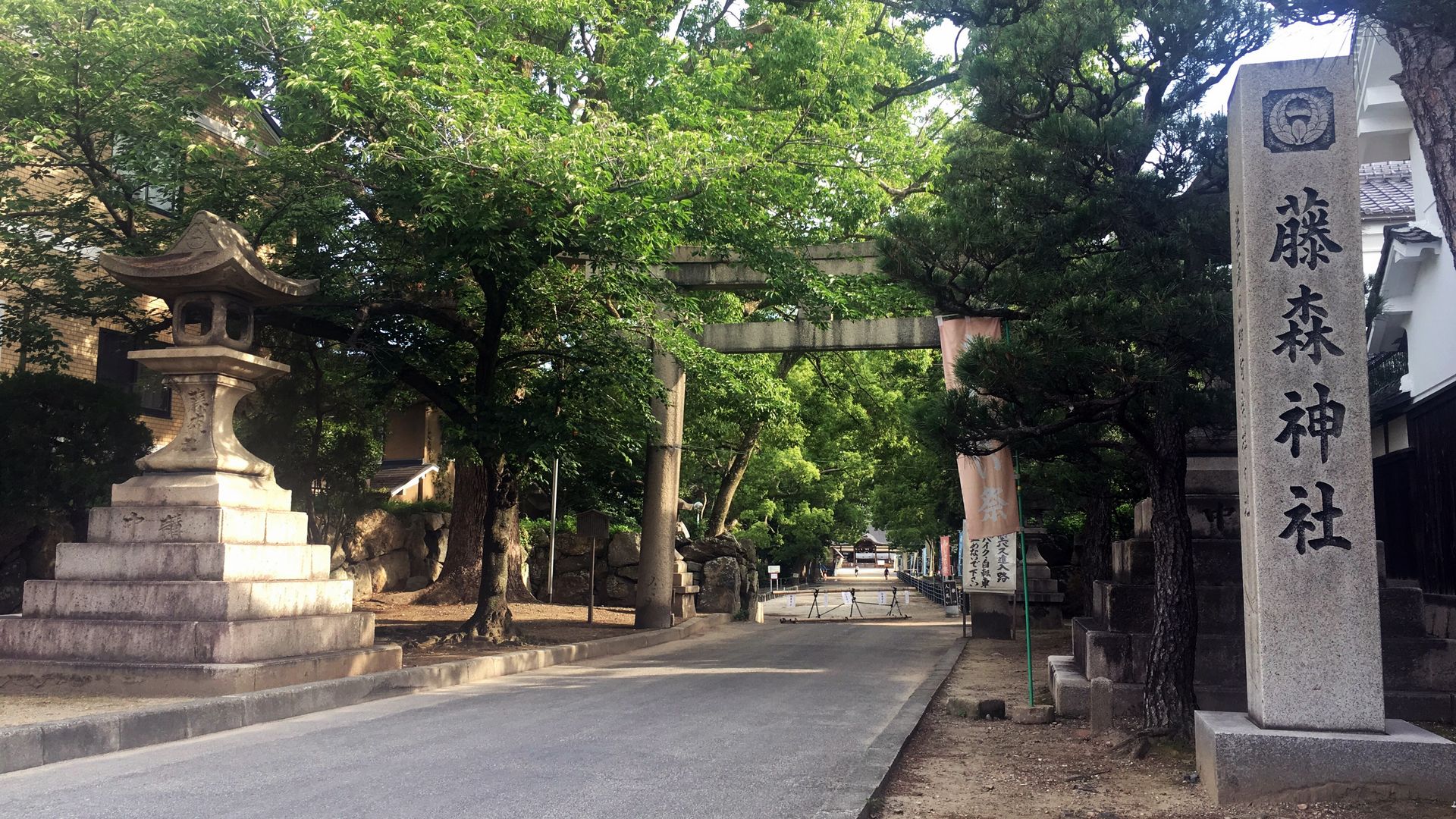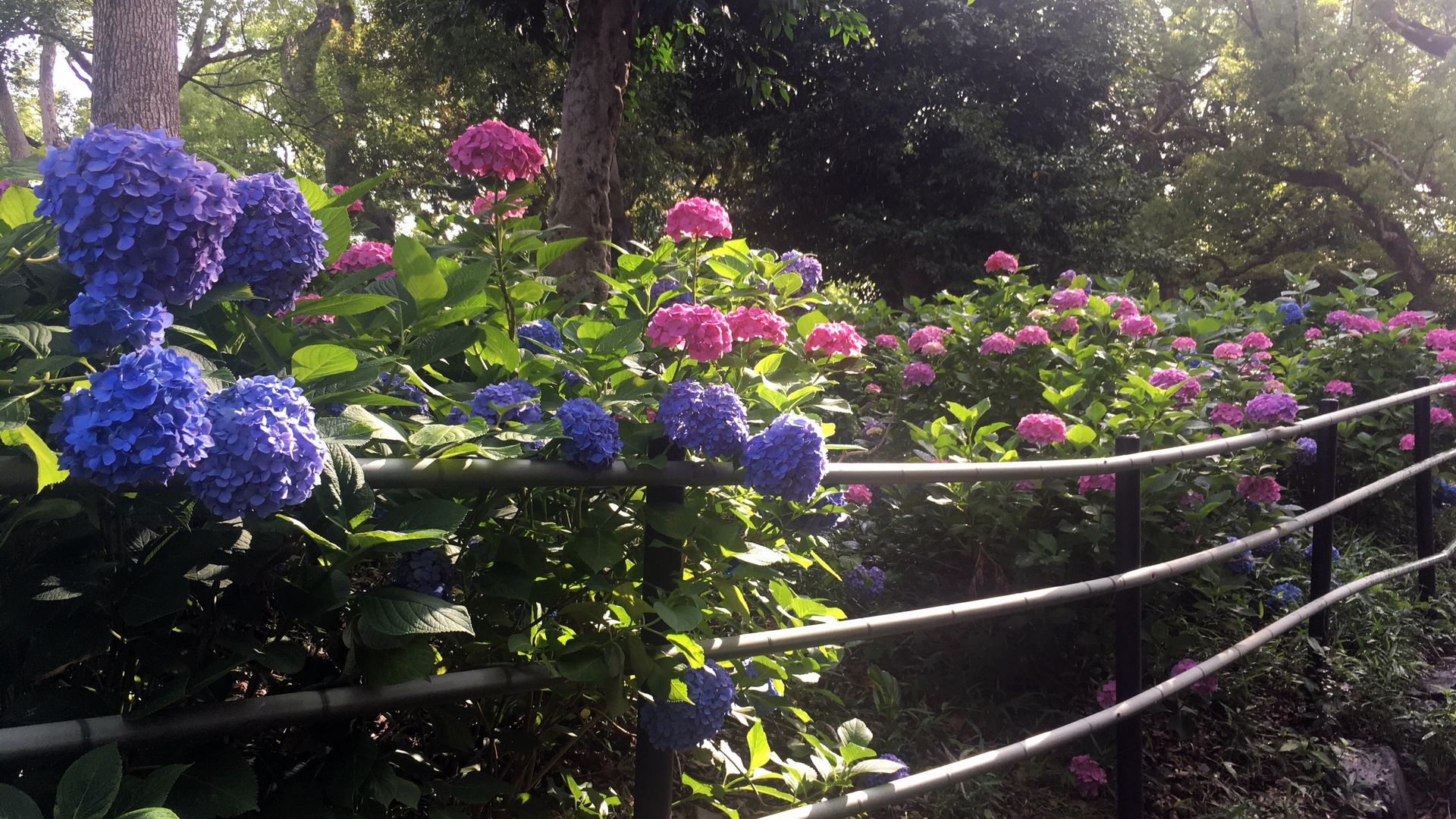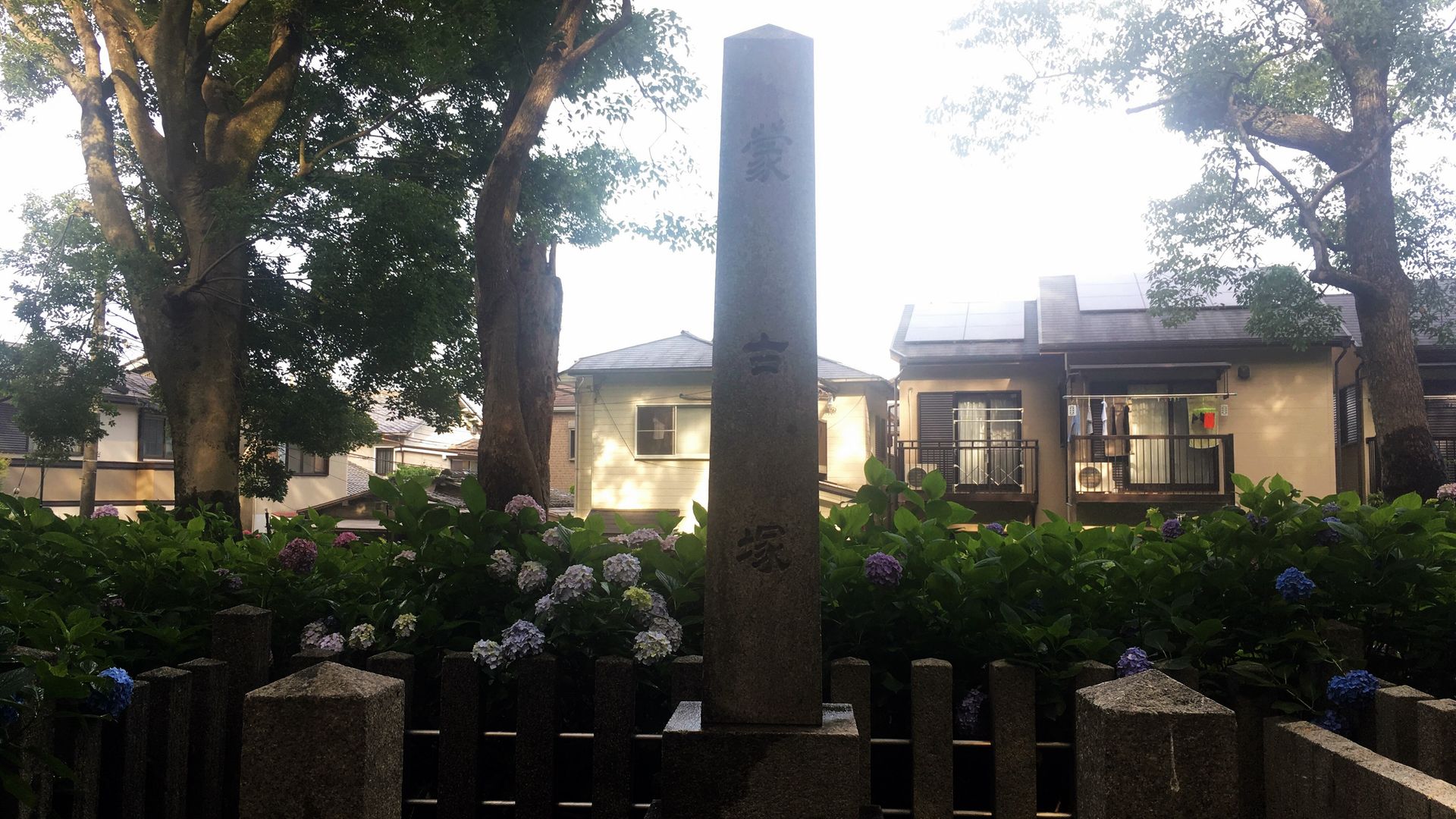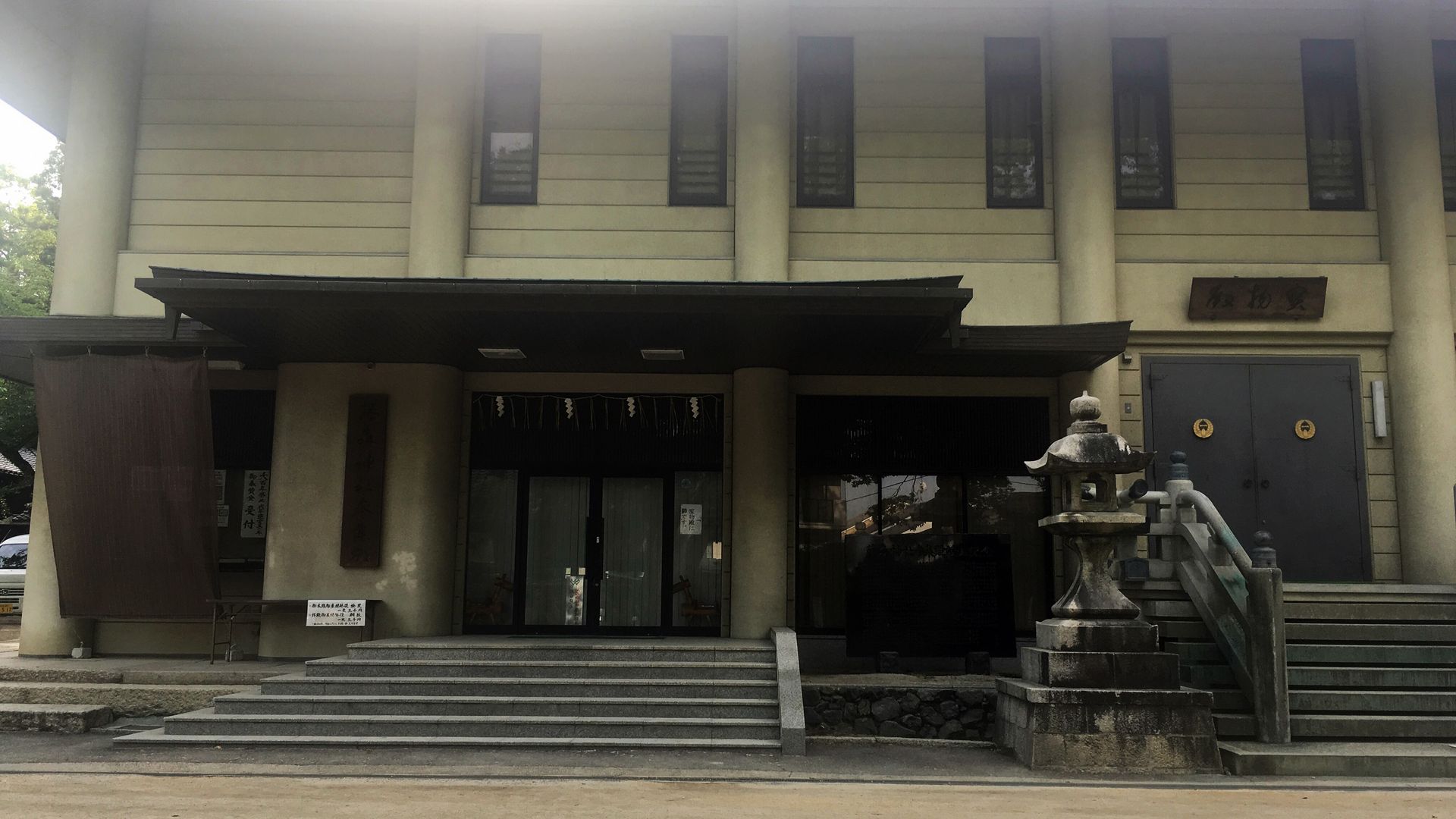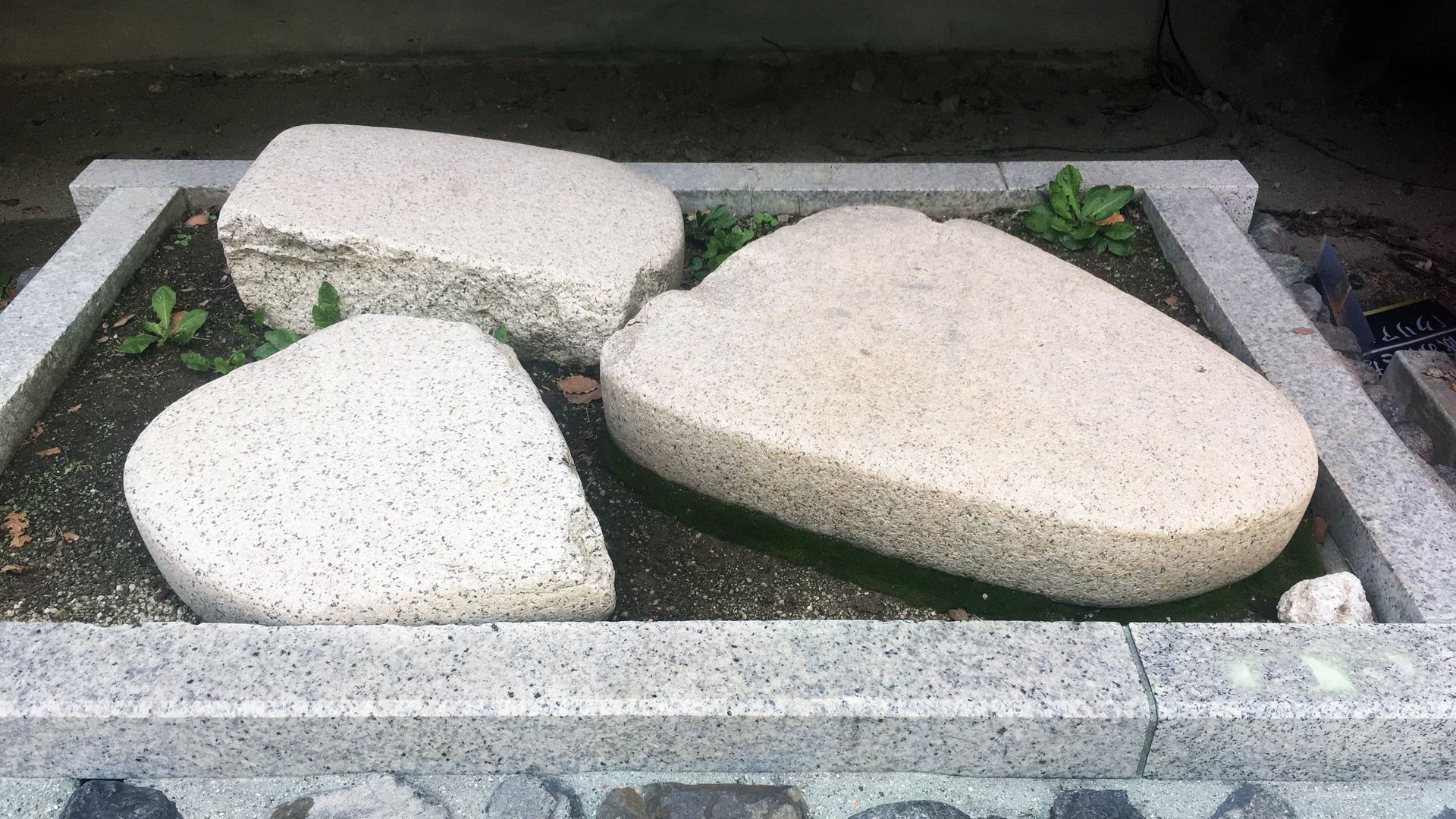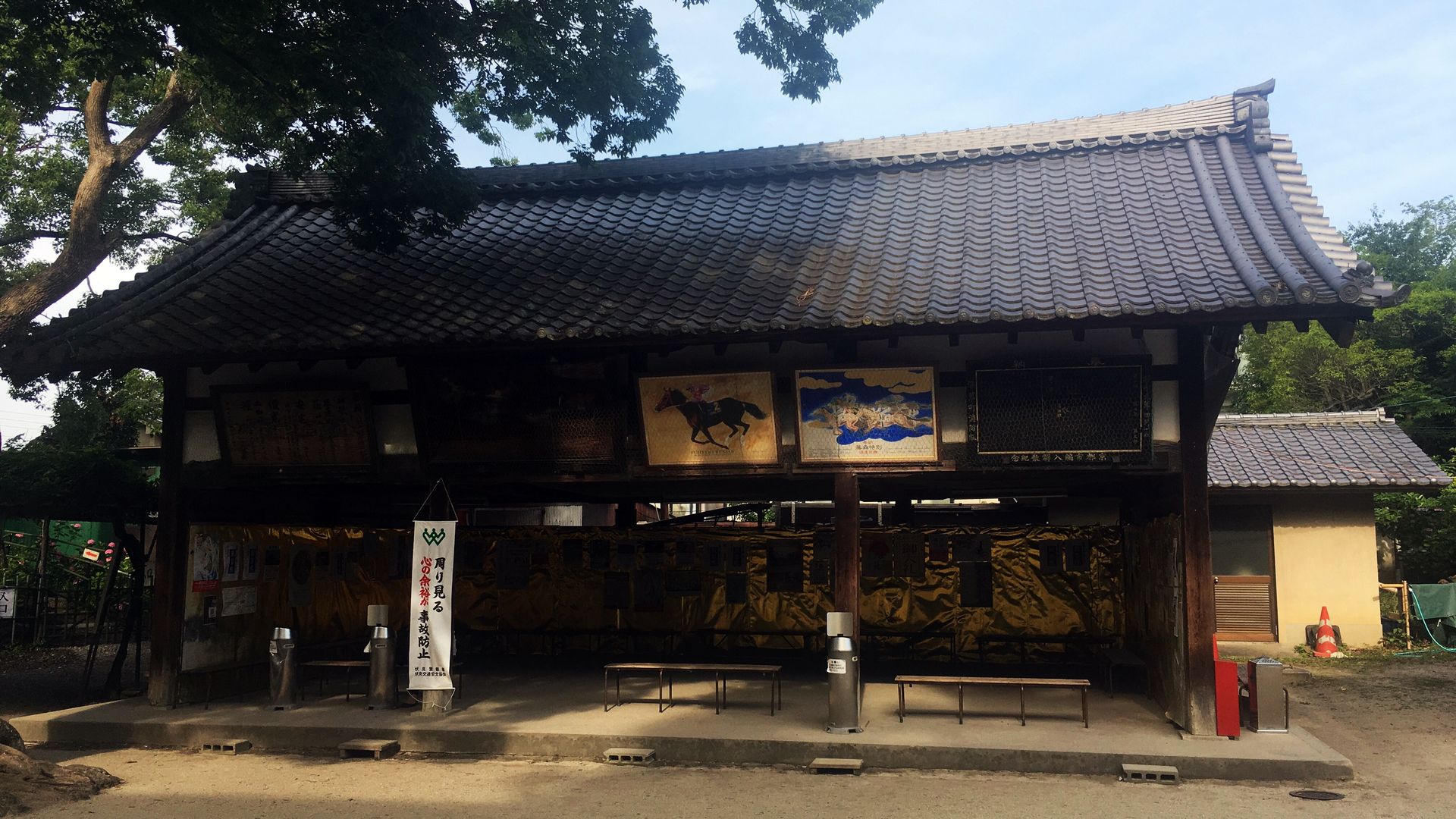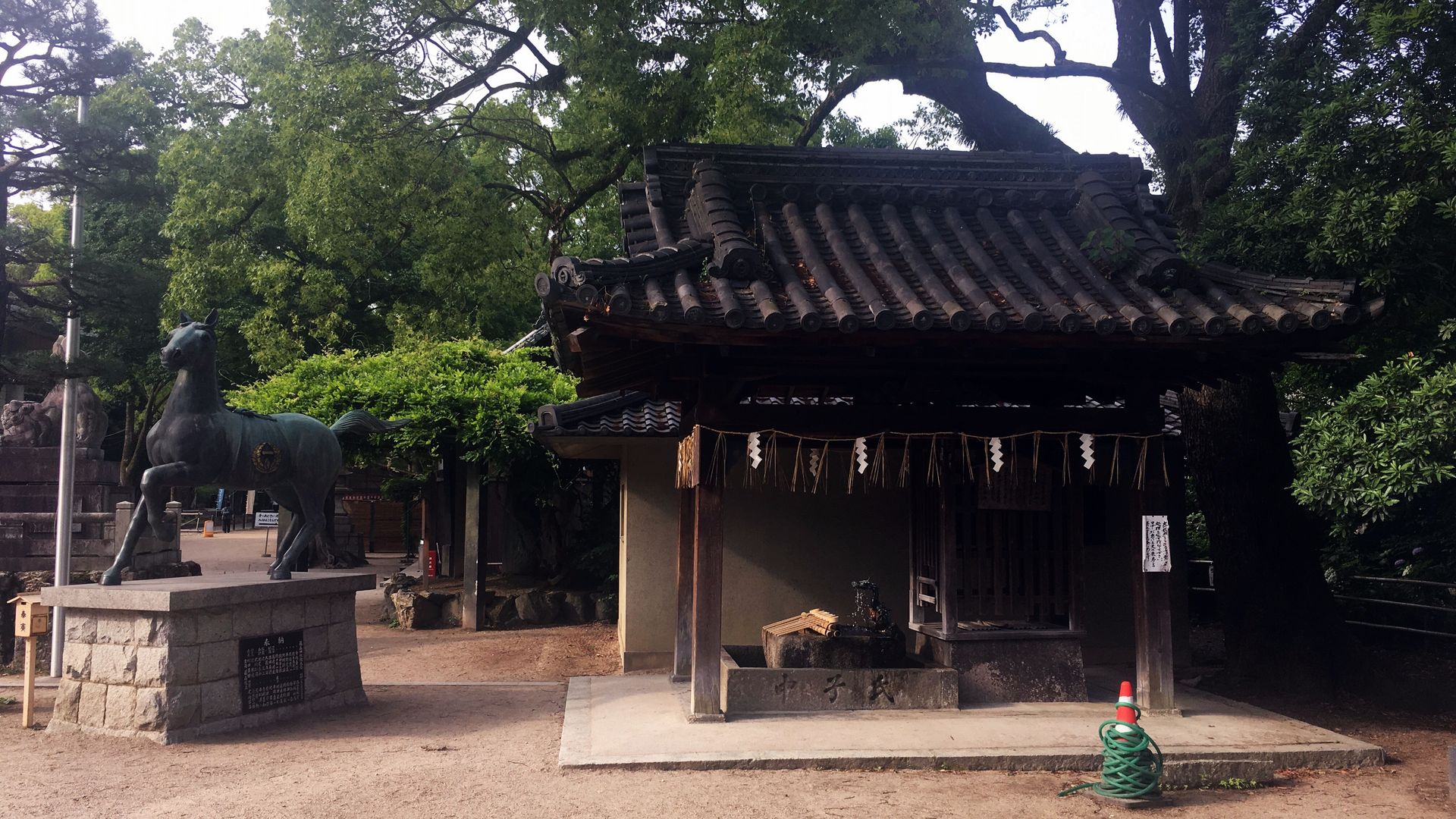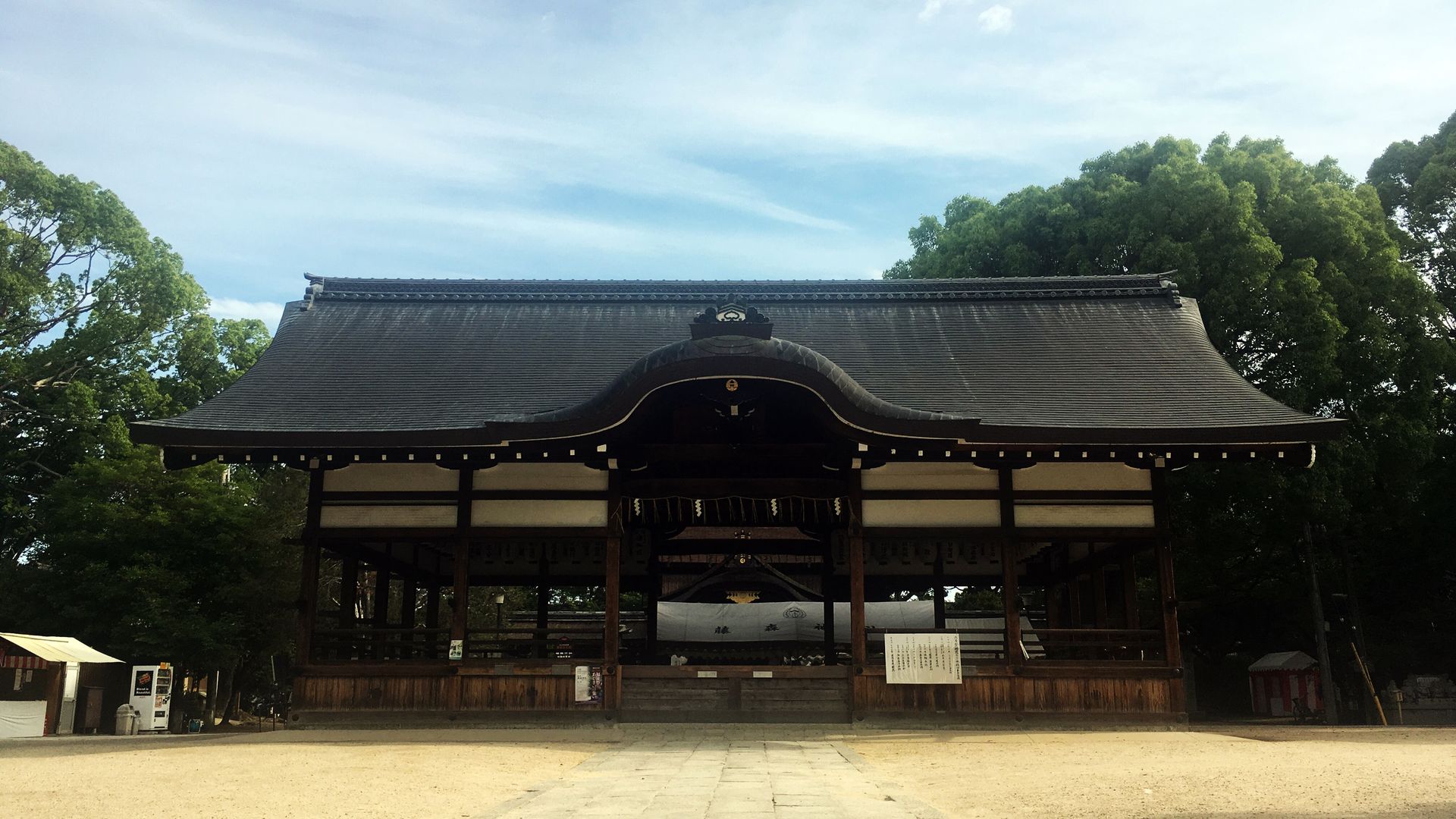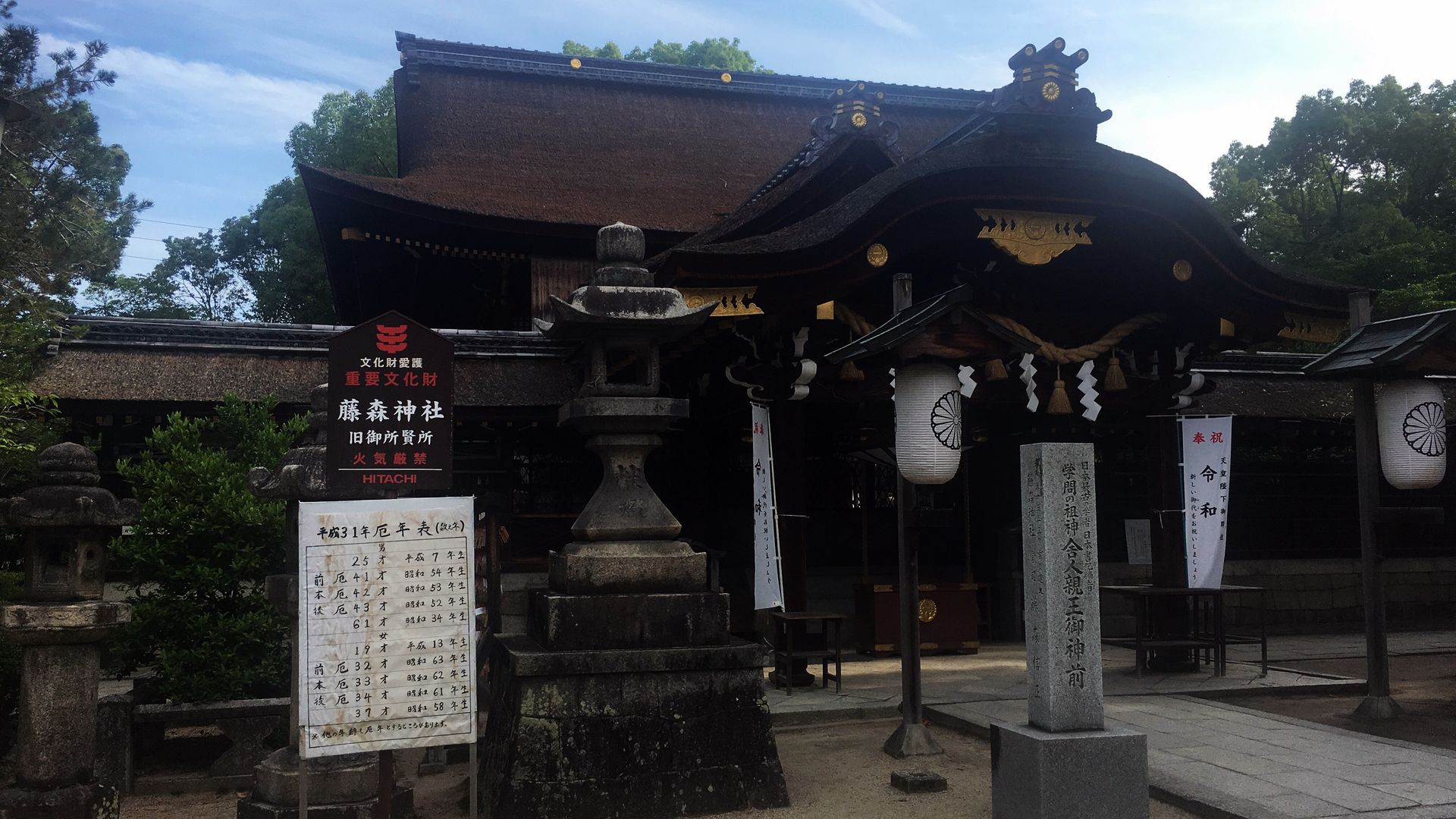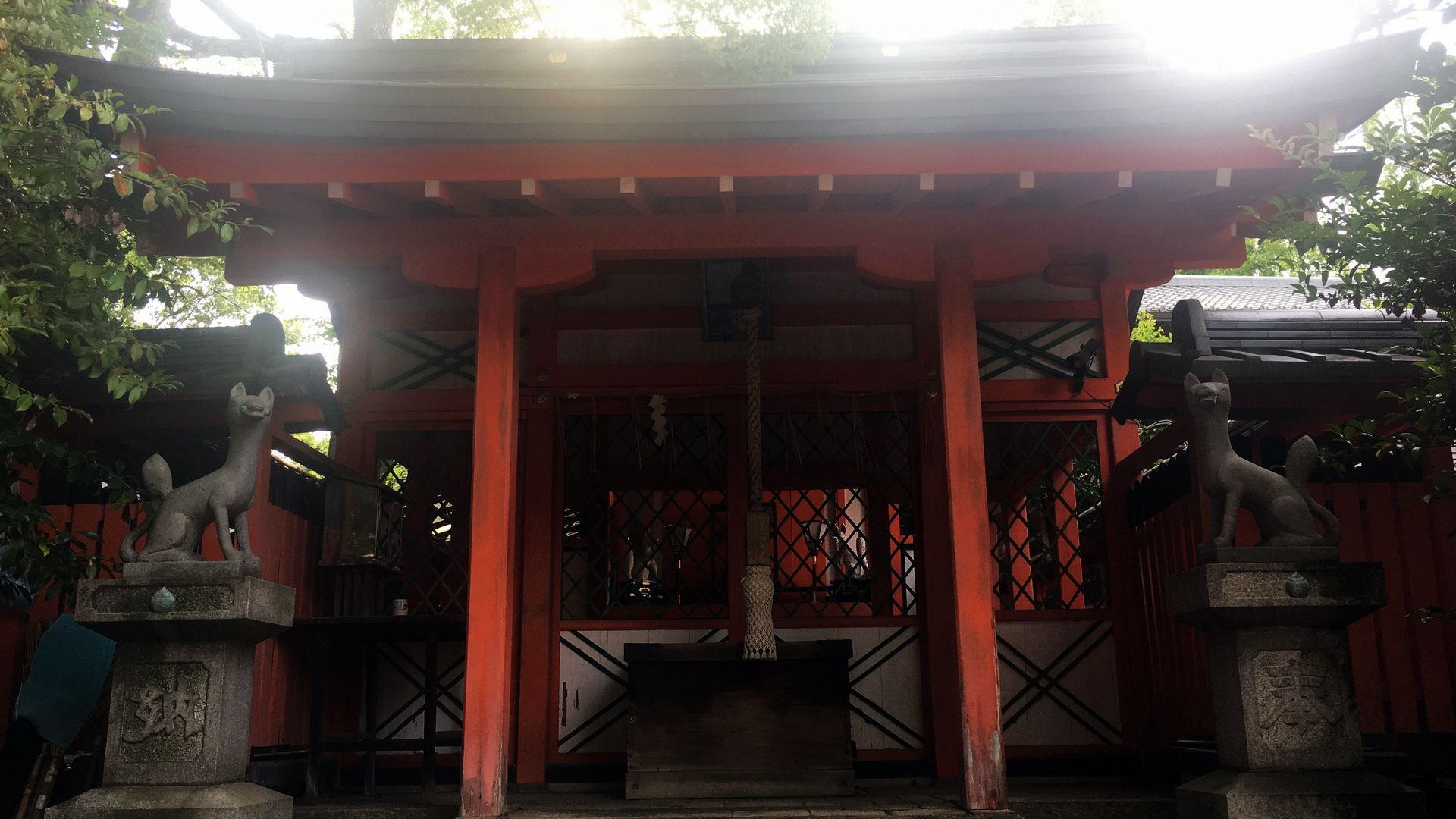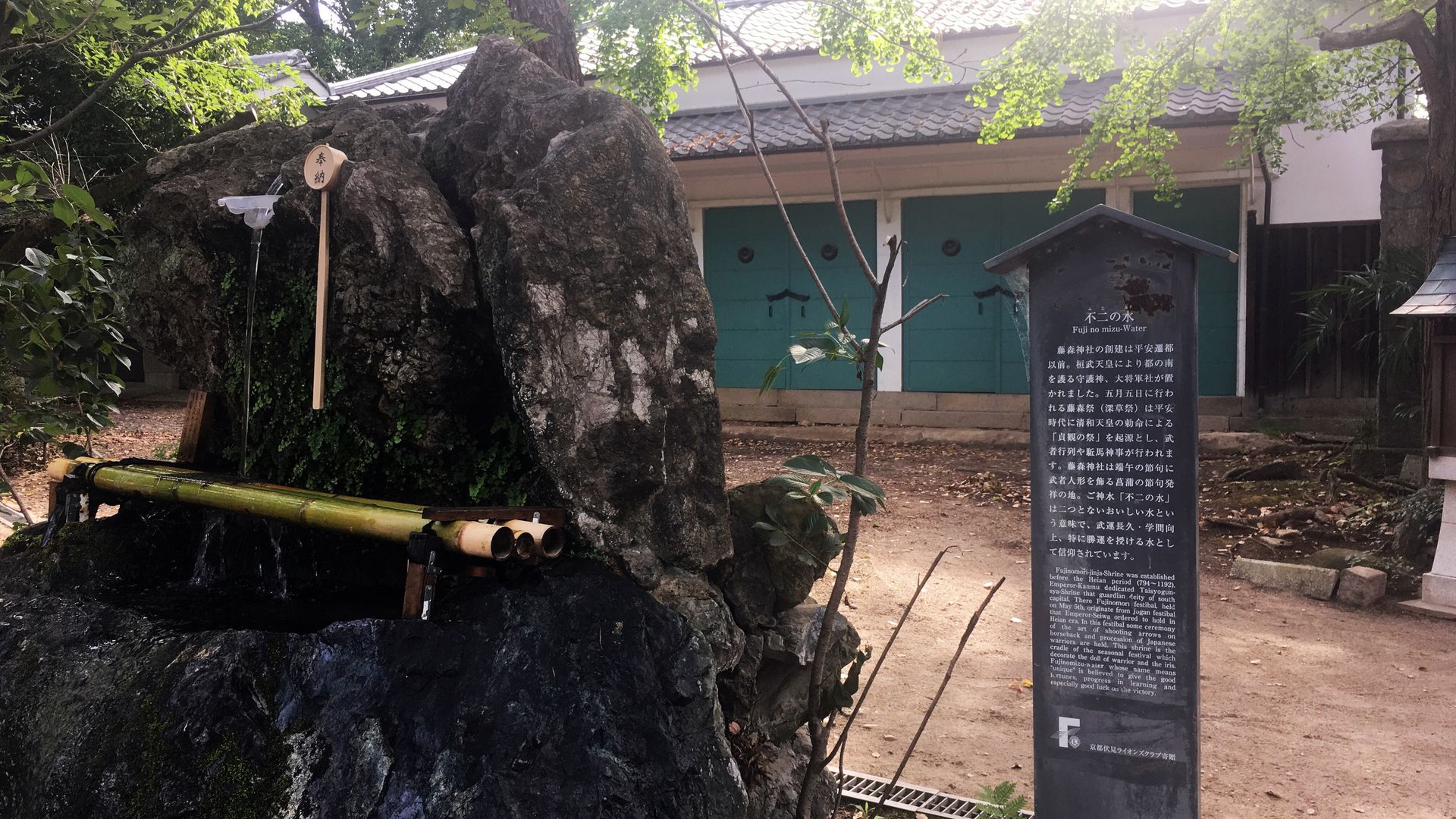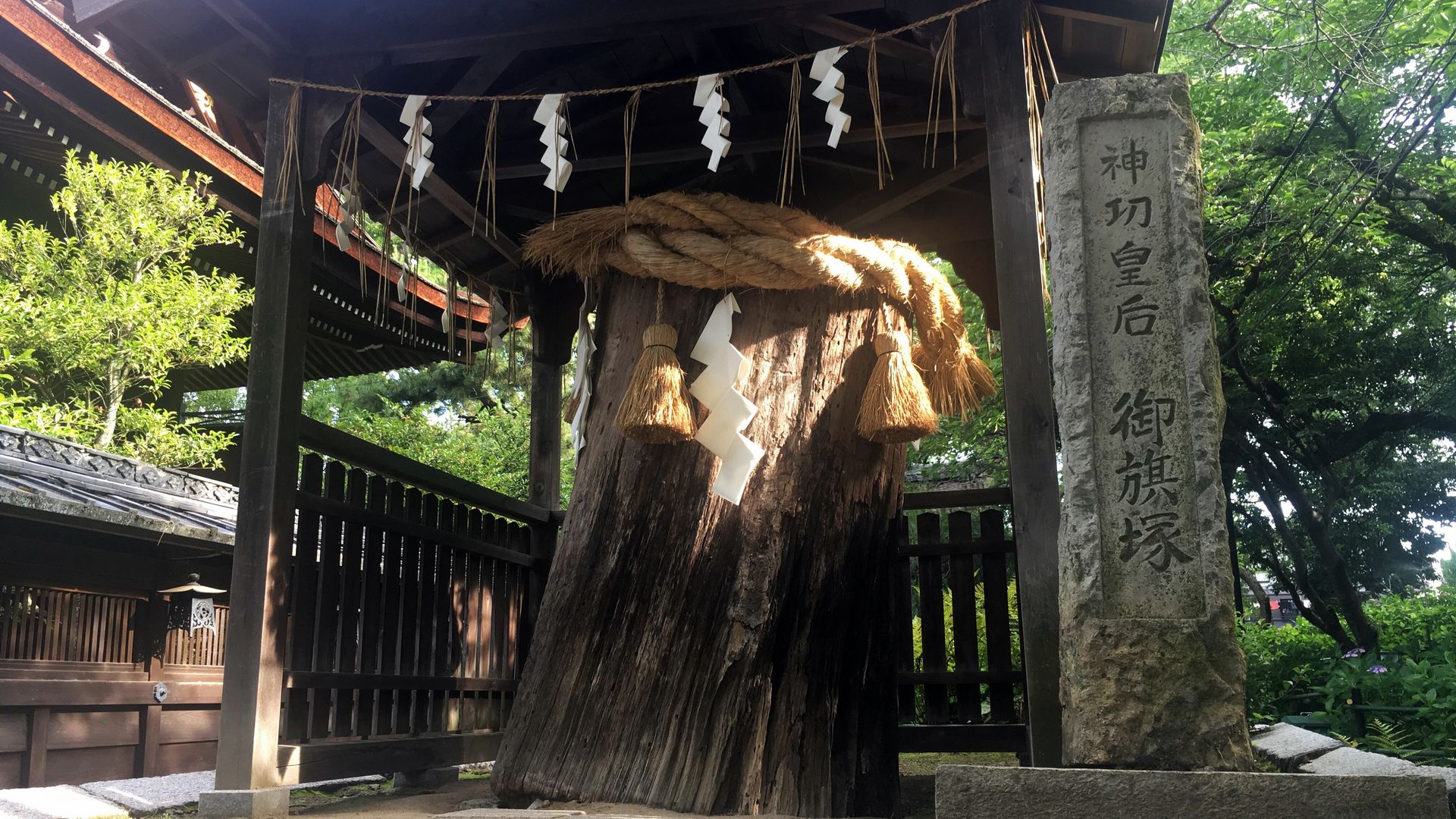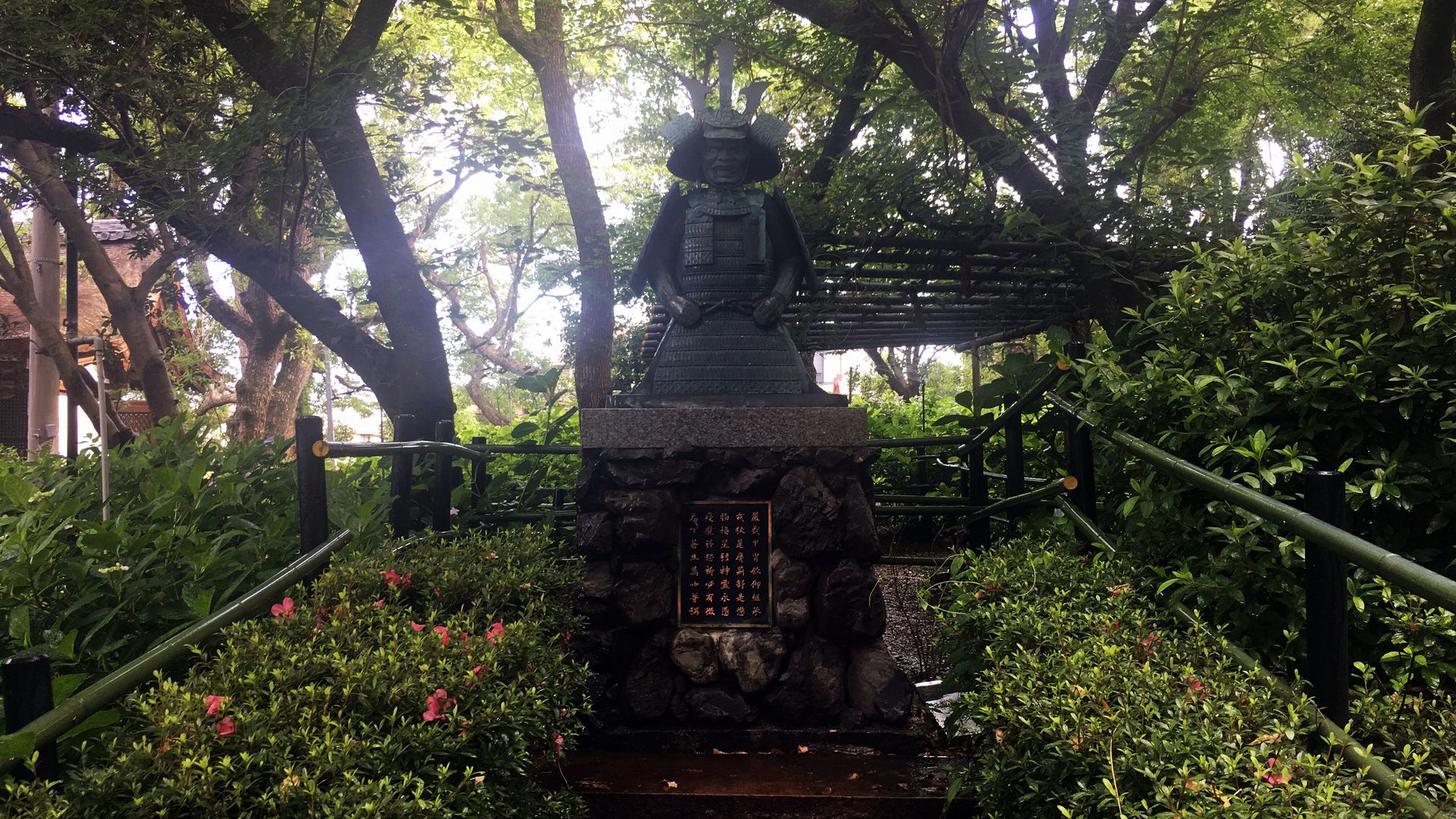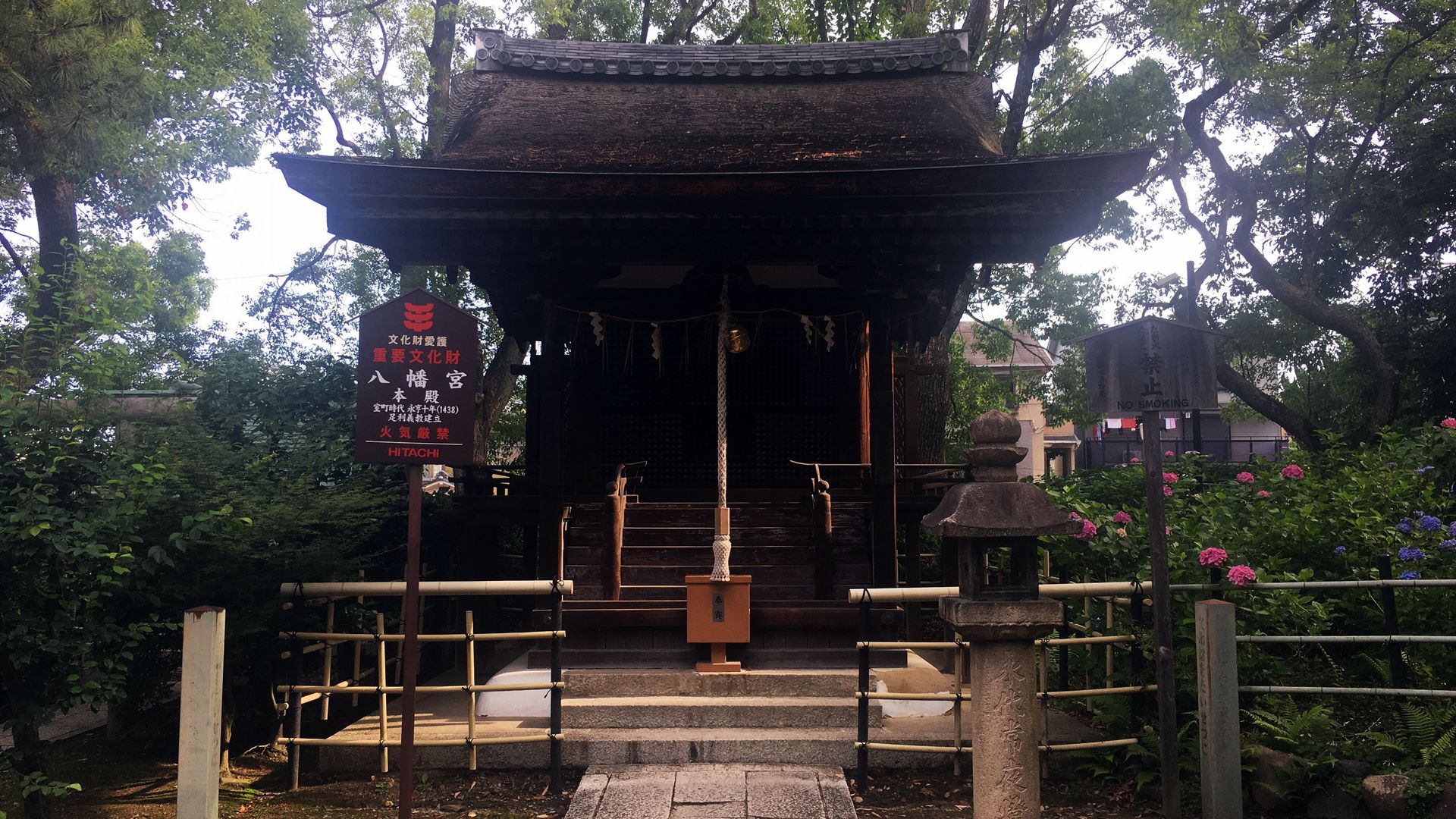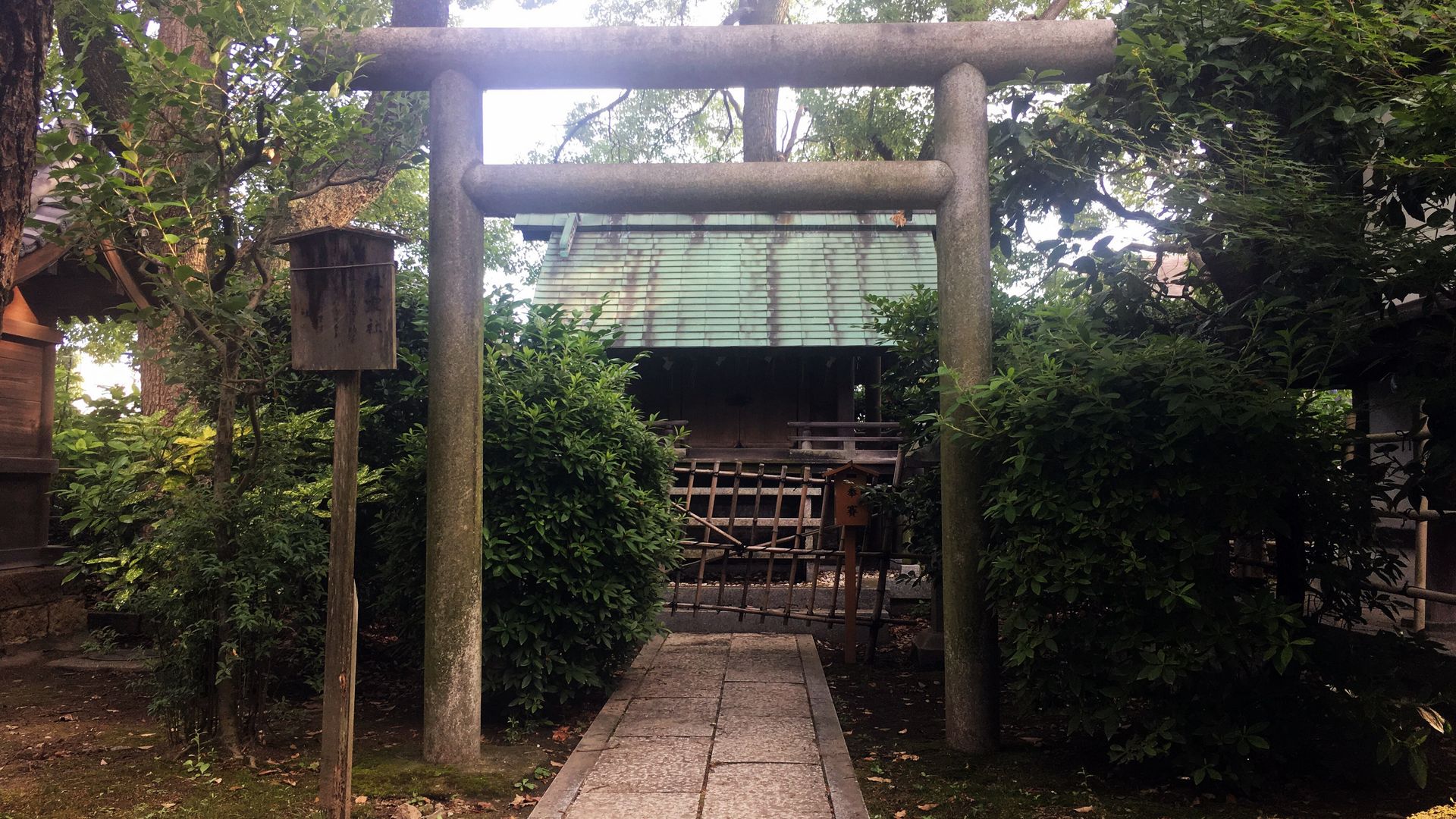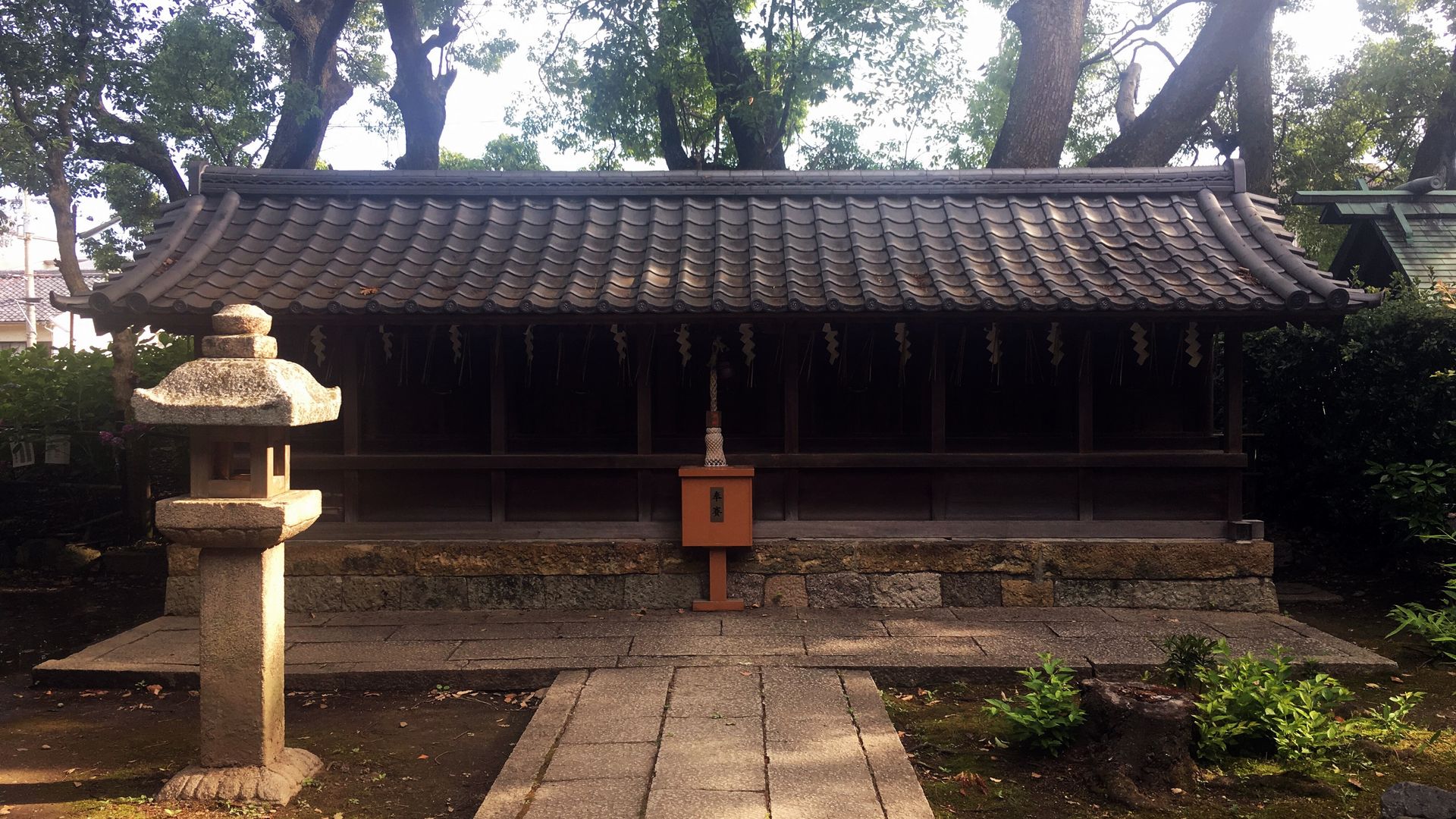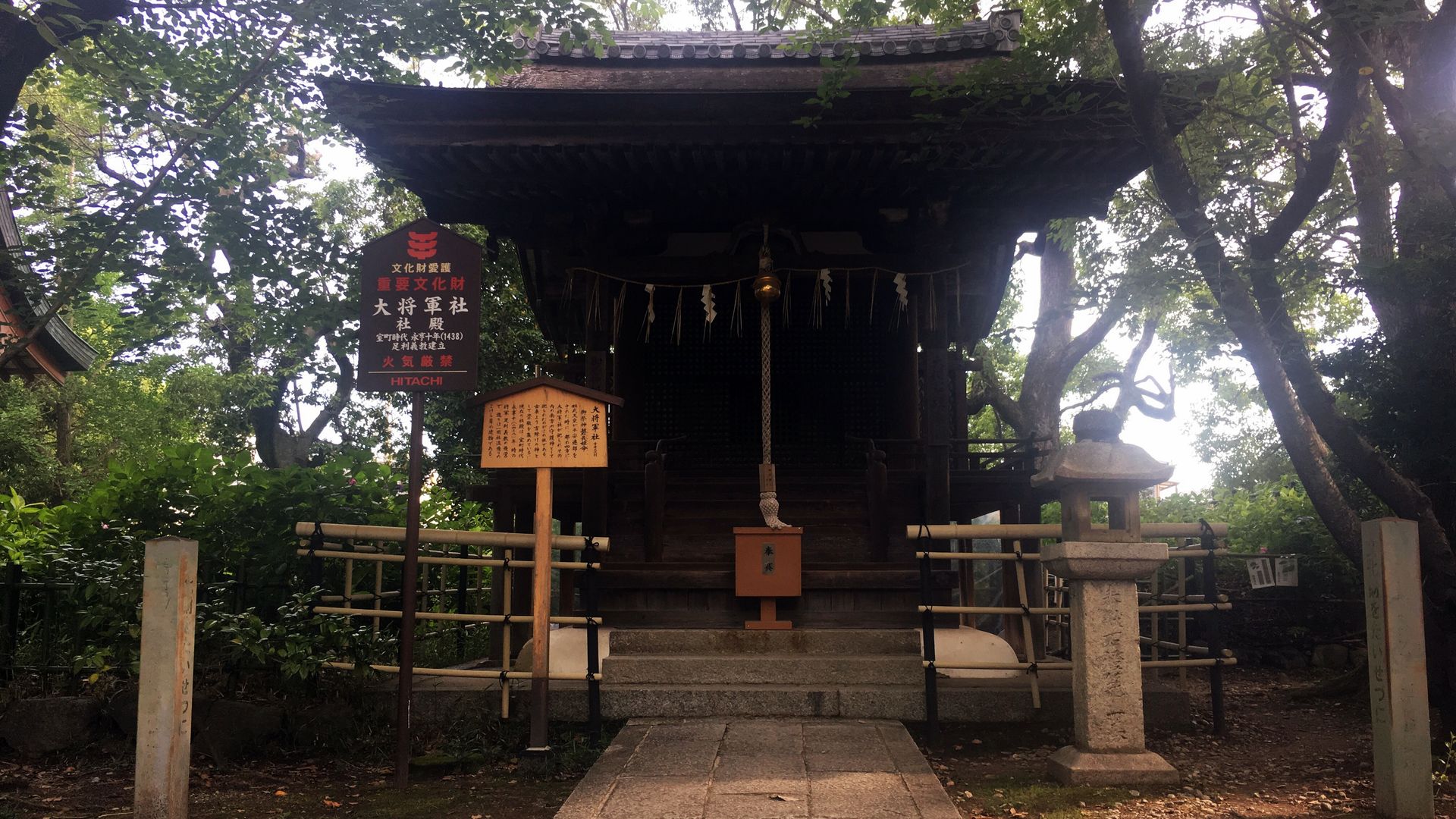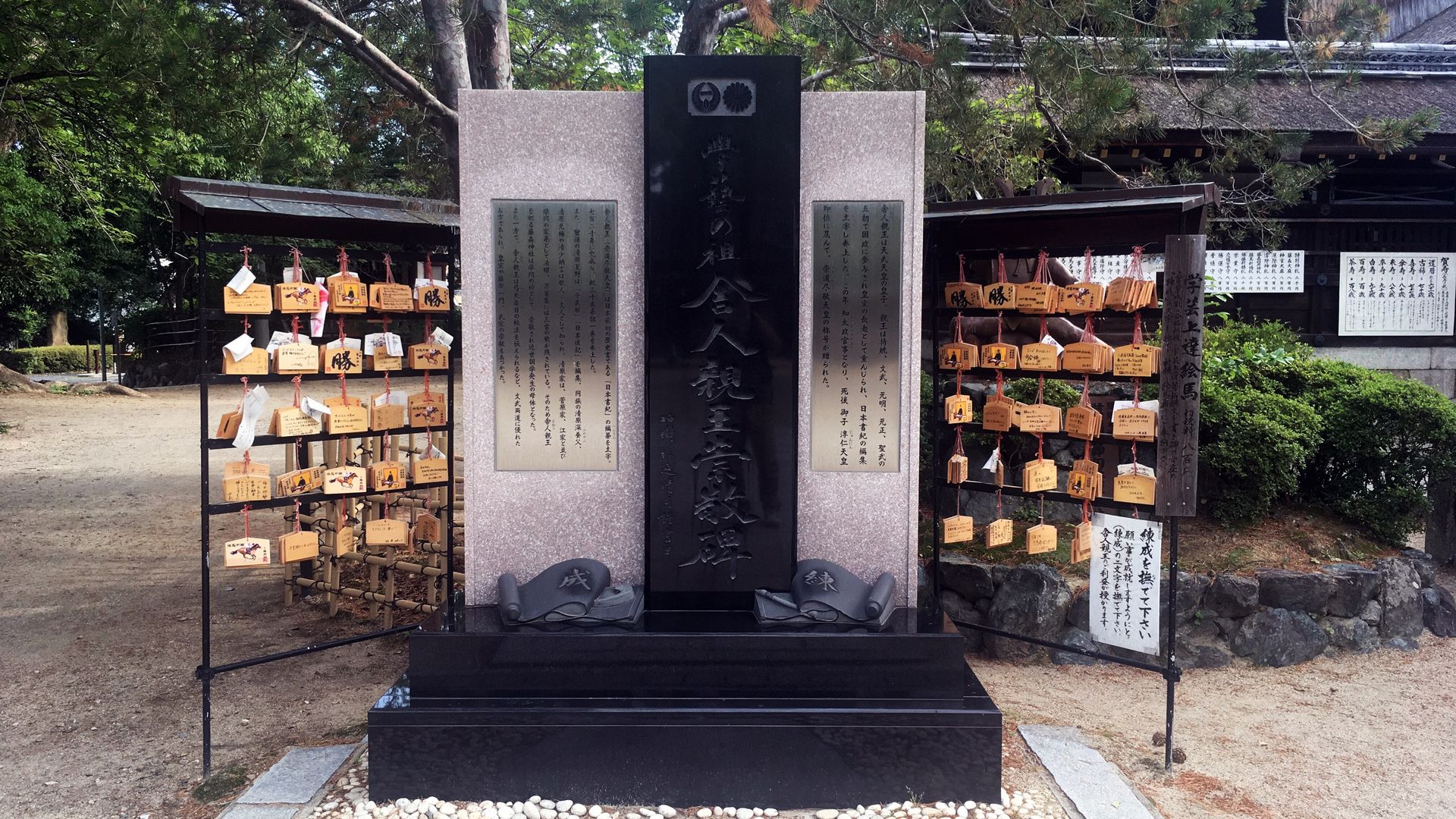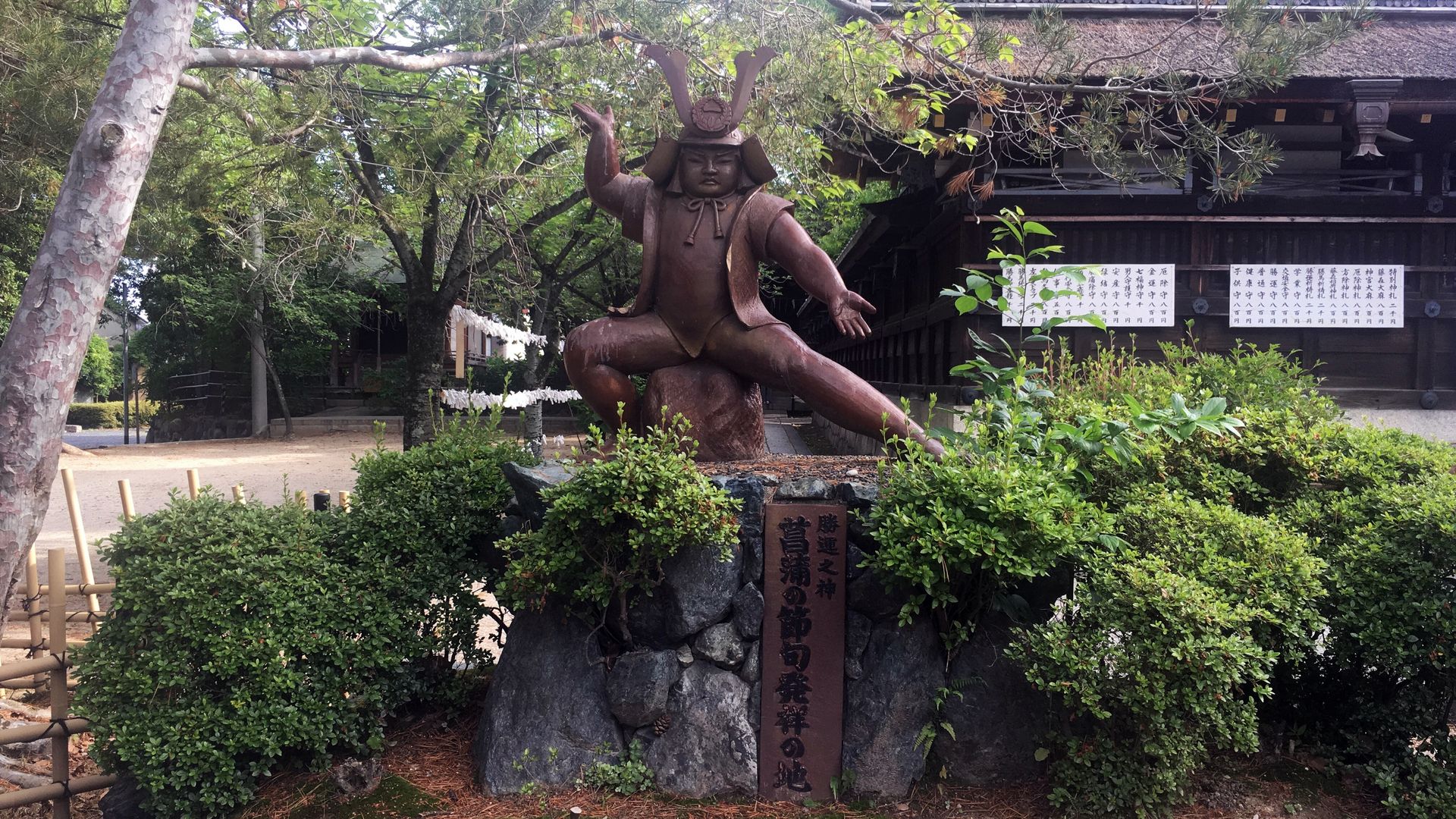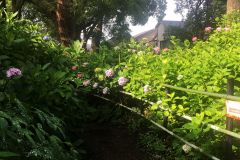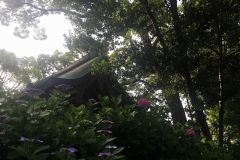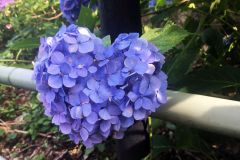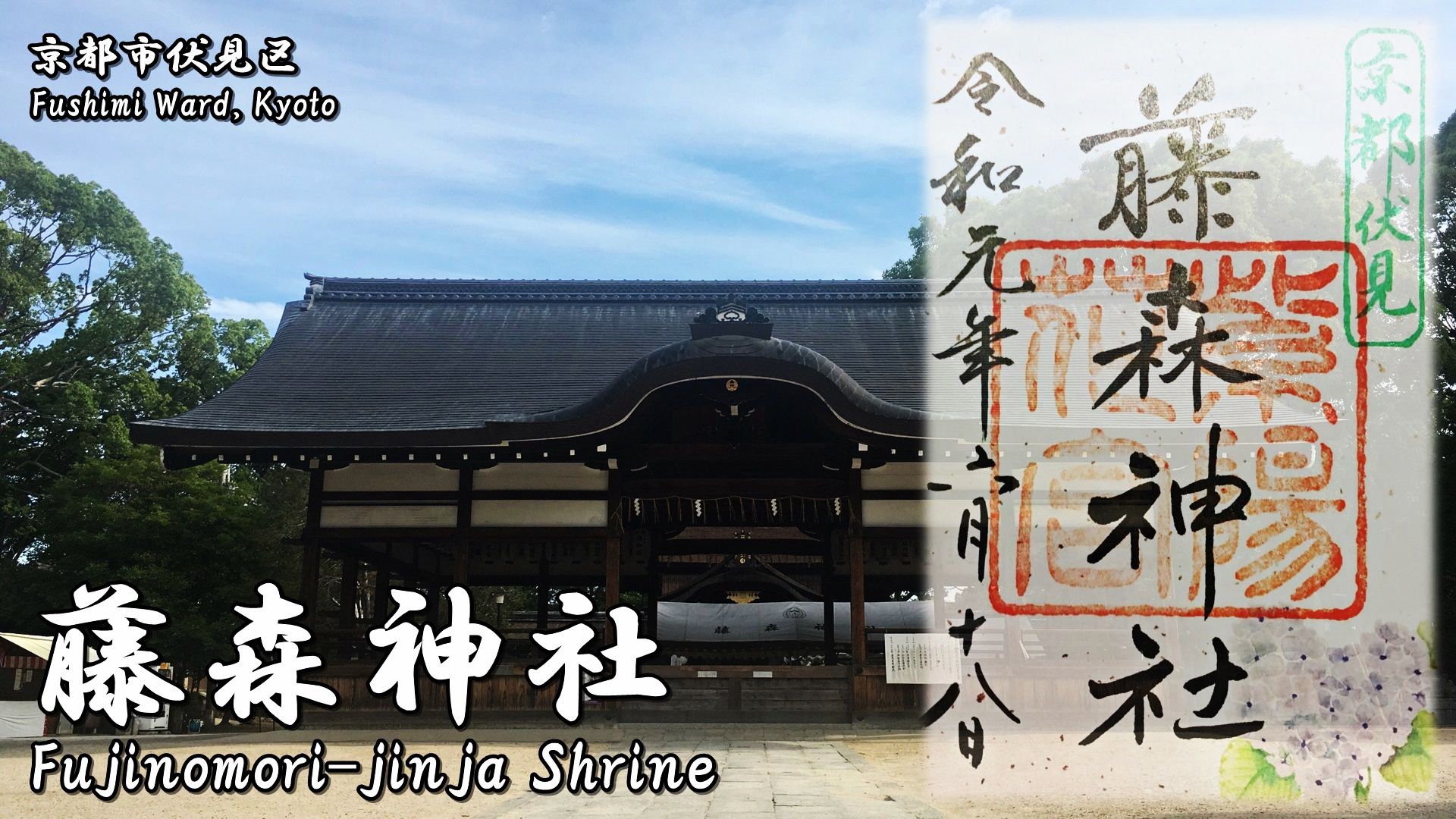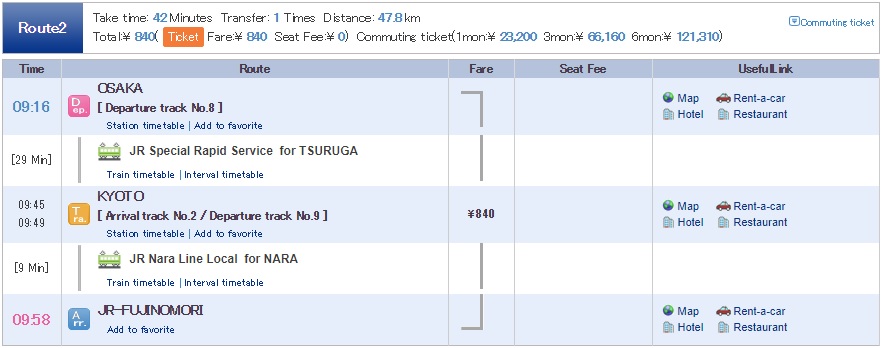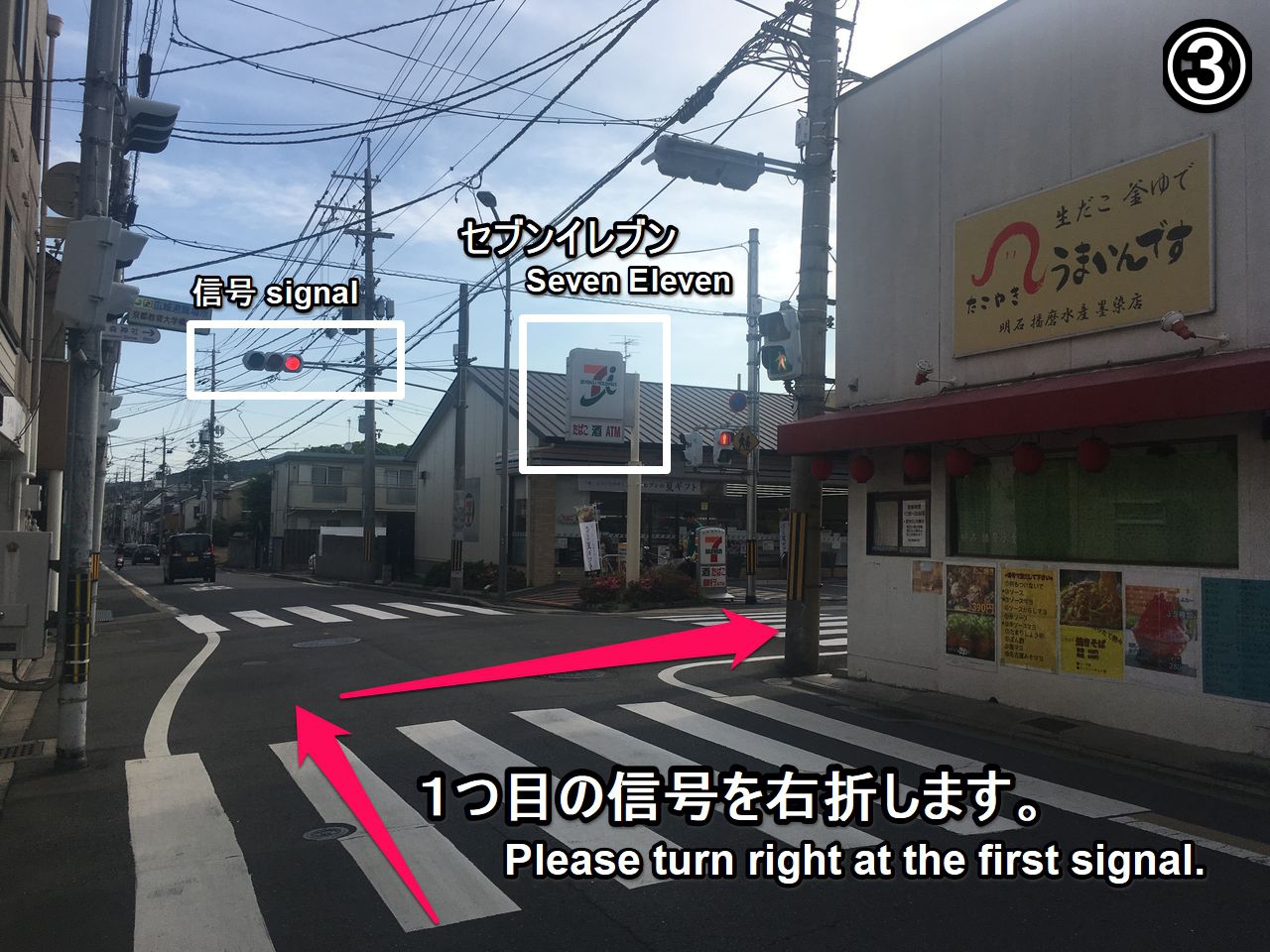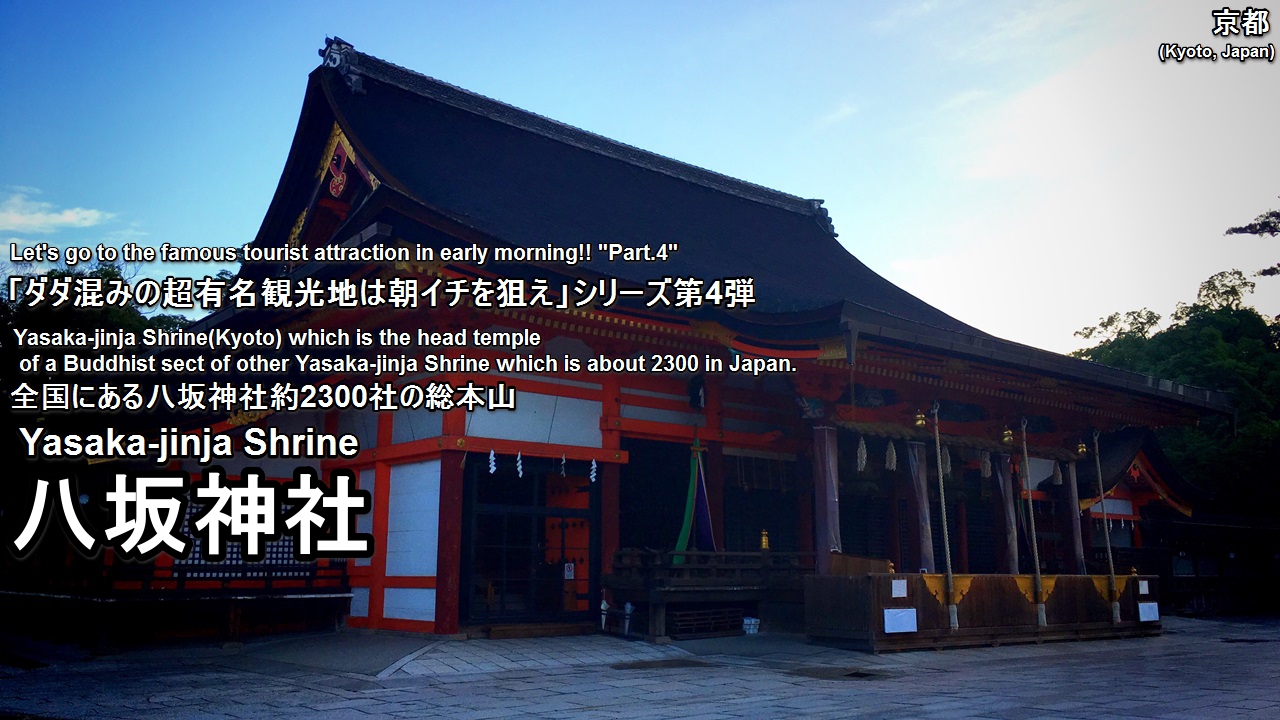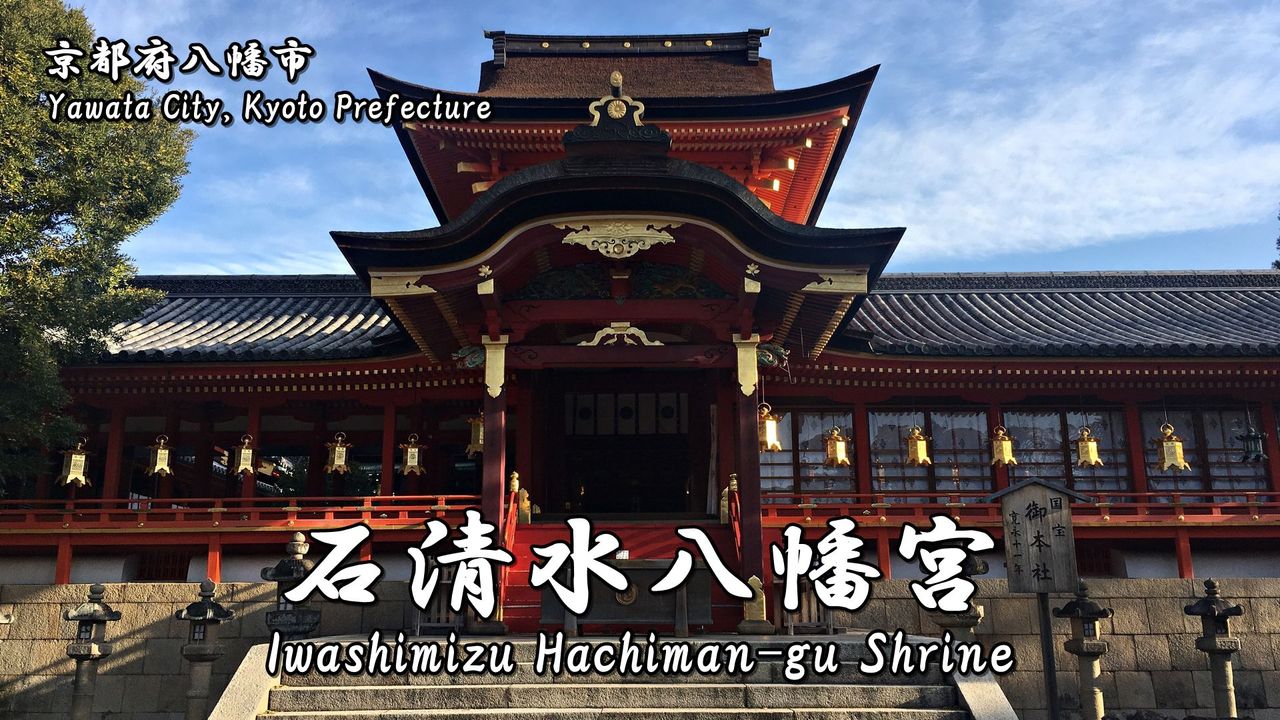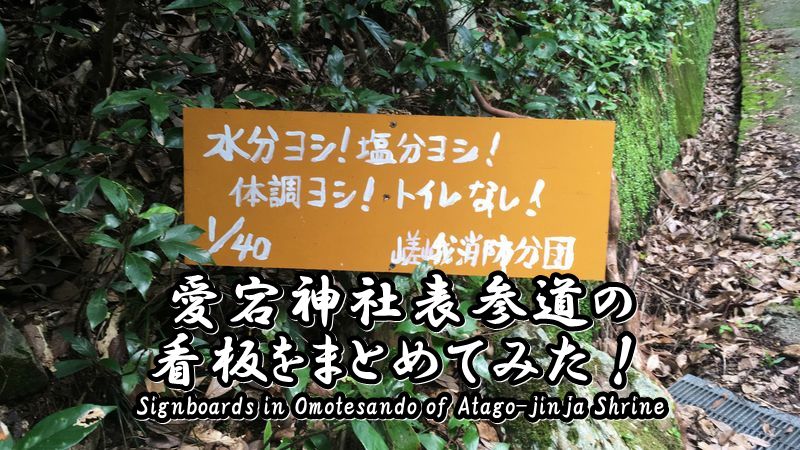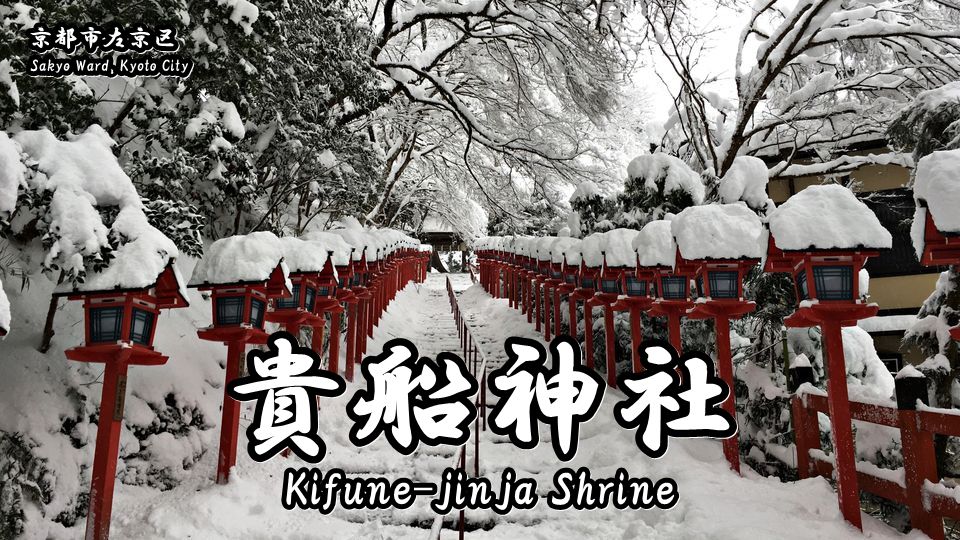Fujinomori-jinja Shrine is a Shinto shrine located in Fushimi Ward, Kyoto City, Japan.
According to the shrine’s biography, it was built in AD 266, has a history of about 1800 years.
The main enshrined deity is Susanoo no mikoto, the god of victory.
It is also famous for its hydrangeas and hydrangea garden in which many flowers can be seen is open in June.
You should go there!!
History of Fujinomori-jinja Shrine
Let’s study the history of this shrine with me.
I think that we can enjoy sightseeing of this temple more by learning the history of it. XD
It is said that this shrine was built when Empress Jingu’s army defeated three Korean dynasties in Yayoi period, but details are unknown.
Because the main enshrined deity of this shrine is Susanoo-no-mikoto, the god of victory, it is also known as a shrine that has the benefit of victory.
It is also knowned for the Kakeuma Shinji (Horse riding festival) held on May 5 and as the birthplace of the Iris Festival.
In Japan, the Iris Festival is also known as the annual Boys’ Day festival called ‘tango no sekku.’
Because iris is used to drive away evil spirits during the Boys’ Festival, it’s also called ‘Iris Festival.’
Information for visitors
Website
Information
Address:676, Ohara Kusaocho, Kyoto Shi Sakyo Ku, Kyoto Fu, 601-1248, Japan
Phone:+81-75-641-1045
Foundation:203 (shrine’s biography)
Main enshrined deity:Susanoo-no-mikoto
Open
| Precincts | 24 hours |
| Hydrangea garden | 9:00~17:00 |
Admission Fee
| Precincts | Free |
| Hydrangea garden | 300 yen |
Other information
In the precincts, there are places where photography is prohibited. (Please follow the official’s instructions.)
The worship method of a shinto shrine and a buddhist temple, please refer to the following article.
Next, let’s go to see the highlights of this shrine with me!
Highlights of Fujinomori-jinja Shrine
- 石造鳥居:Stone torii
- 第一紫陽花苑*:Hydrangea garden*
- 蒙古塚:Moko-zuka
- 参集殿/宝物館:Sanshu-den Hall (Treasure Hall)
- かへし石:Kaeshi-ishi stone
- 絵馬舎:Ema-sha
- 藤棚:Wisteria trellis
- 神馬像:Statue of sacred horse
- 手水舎:Chozusha
- 拝殿:Hai-den Hall
- 本殿【重要文化財】:Hon-den Hall (Important cultural property)
- 斎館:Saikan Hall
- 藤森稲荷社:Fujimoriinari-sha Shrine
- 藤森七福神:Fujimori Shichifukujin
- 不二の水:Fuji-no-mizu water
- 御旗塚:Mihata-duka
- 神鎧像:Kamuyoroi-zo
- 第二紫陽花苑*:Hydrangea garden*
- 八幡宮社【重要文化財】:Hachimangu-sha (Important cultural property)
- 祖霊社:Sorei-sha
- 七宮社:Shichinomiya-sha
- 大将軍社【重要文化財】:Daishogun-sha (Important cultural property)
- 天満宮社:Tenmangu-sha
- 舎人親王崇敬碑:Monument of Imperial Prince Toneri
- 金太郎像:Statue of Kintaro
This mark 「*」 is a pay area.
Approach to a shrine.
石造鳥居:Stone torii
It is the stone torii built in 1711 of the Edo period.
第一紫陽花苑*:Hydrangea garden*
There is the hydrangea garden on the left side of the approach.
The best season of hydrangea is Mid June to Late June.
蒙古塚:Moko-zuka
参集殿/宝物館:Sanshu-den Hall (Treasure Hall)
かへし石:Kaeshi-ishi stone
These are the stones which were used by the contest of strength held in this shrine in old days.
絵馬舎:Ema-sha
It is the hall for votive horse tablets.
藤棚:Wisteria trellis
Because here was a forest of wisteria in the old days, this shrine came to be called “Fujinomori (Forest of wisteria) Jinja.”
神馬像:Statue of sacred horse
In this shrine, the Kakeuma Shinji (acrobatic horseback riding festival) hold on every year May 5.
In Japan, the horse has been worshiped as the animal that God rode from old days.
手水舎:Chozusha
Chozusha is the building for cleaning hands and rinsing mouth.
拝殿:Hai-den Hall
It was granted in 1712 of the Edo period by the Emperor Nakamikado.
Originally it was a building of the Imperial Palace.
本殿【重要文化財】:Hon-den Hall (Important cultural property)
It was also granted in 1712 of the Edo period by the Emperor Nakamikado.
Originally it was a building of the Imperial Palace.
斎館:Saikan Hall
It is the building where a Shinto priest is to purify one’s mind and body by prayer before engaging in functions concerning God.
藤森稲荷社:Fujimoriinari-sha Shrine
Inari Okami is enshrined in this building.
藤森七福神:Fujimori Shichifukujin
Shichifukujin, also called Seven Lucky Gods, are the seven deities which are believed to bring good luck in Japan.
不二の水:Fuji-no-mizu water
It is the sacred water.
御旗塚:Mihata-duka
神鎧像:Kamuyoroi-zo
第二紫陽花苑*:Hydrangea garden*
八幡宮社【重要文化財】:Hachimangu-sha (Important cultural property)
It was constructed using funds donated by Yoshinori Ashikaga, 6th shogun of the Muromachi bakufu, in 1438 of the Muromachi period.
Hachiman deity (God of War) is enshrined in this small shrine.
祖霊社:Sorei-sha
七宮社:Shichinomiya-sha
大将軍社【重要文化財】:Daishogun-sha (Important cultural property)
It was constructed using funds donated by Yoshinori Ashikaga, 6th shogun of the Muromachi bakufu, in 1438 of the Muromachi period.
Iwanagahime no Mikoto is enshrined in this small shrine.
天満宮社:Tenmangu-sha
Sugawara no Michizane is enshrined in this small shrine.
舎人親王崇敬碑:Monument of Imperial Prince Toneri
Imperial Prince Toneri, a prince of Emperor Tenmu, is known as the compiler of the “Nihon shoki” (Chronicles of Japan) .
金太郎像:Statue of Kintaro
Hydrangea of Fujinomori-jinja Shrine
The best season of hydrangea is Mid June to Late June.
Video of Fujinomori-jinja Shrine
Photos of Fujinomori-jinja Shrine
Goshuin (Red ink stamps) of Fujinomori-jinja Shrine
How to get to Fujinomori-jinja
The nearest station is Keihan Railway Sumizome Station or JR Fujinomori Station.
It is about 5 minutes on foot from both stations.
From JR Osaka Sta. to JR Fujinomori Sta.
Timetable and Route Search(Train)
1.Get on the JR Kyoto Line from Osaka Station to Kyoto Station.
2.Change to the JR Nara Line at Kyoto Station.
3.Get on the JR Nara Line from Kyoto Station to JR Fujinomori Station.
From Osaka-Metro Namba Sta. to Keihan Sumizome Sta.
Timetable and Route Search(Train)
1.Get on the Osaka Metro Midosuji Line from Namba Station to Yodoyabashi Station.
2.Change to the Keihan Railway at Yodoyabashi Station.
3.Get on the Keihan Railway from Yodoyabashi Station to Sumizome Station.
From JR Kyoto Sta. to JR Fujinomori Sta.
Timetable and Route Search(Train)
1.Get on the JR Nara Line from JR Kyoto Station to JR Fujinomori Station.
From JR Fujinomori Sta. (on foot)
It is about 5 minutes (400m) on foot from JR Fujinomori Sta.
From Keihan Railway Sumizome Sta. (on foot)
It is about 5 minutes (400m) on foot from Keihan Railway Sumizome Sta.
Take a taxi
From Kyoto Station:about 2000 yen (20 minutes)
From Gion-Shijo Station:about 2900 yen (25 minutes)
・Let’s show a taxi driver the following phrase.
・If you want to call a taxi, let’s show the following phrase.
Phone number of taxi dispatch (Kyoto Station).
Hotel search & reservation
How did you like it?
Have a nice trip! XD

